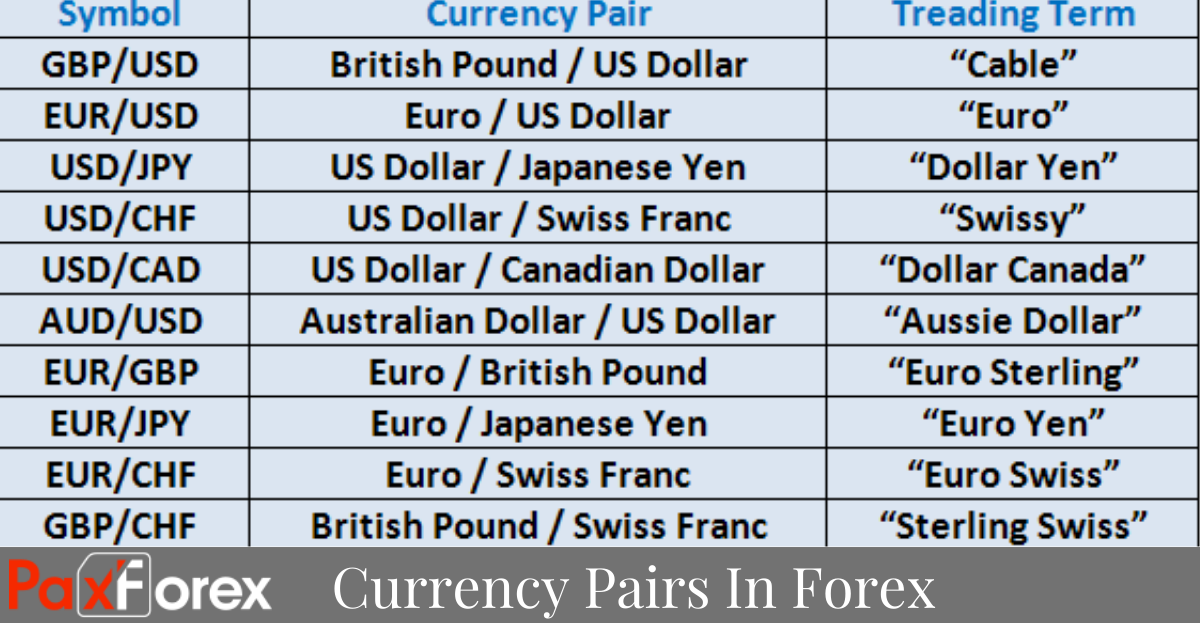
All forex trades involve the simultaneous purchase of one currency and sale of another, but the currency pair itself can be thought of as a single unit, an instrument that is bought or sold. A currency pair is the quotation and pricing structure of the currencies traded in the forex market; the value of a currency is a rate and is determined by its comparison to another currency. The first listed currency of a currency pair is called the base currency, and the second currency is called the quote currency.
In forex, there are two prices for a currency. There is the buy price which is referred to as the ‘BID’ price and there is there sell price which is referred to as the ‘ASK’ price. With these two prices, a ‘spread’ is created. A ‘spread’ is the difference between the ‘bid’ and ‘ask’ price. By looking at the spread, the trader will determine the difference between what the market maker is offering to buy from a trader and what the market maker is taking to sell to a trader.
There are as many currency pairs as there are currencies in the world. The total number of currency pairs that exist changes as currencies come and go. All currency pairs are categorized according to the amount of volume that is traded on a daily basis for a pair. The currencies that trade the most volume against the U.S. dollar are referred to as the major currencies. These include the EUR/USD, GBP/USD, USD/JPY, USD/CHF, AUD/USD and USD/CAD. All of the major currency pairs have very liquid markets that trade 24 hours a day every business day, and they have very narrow spreads.
In currency trading, the most economically liquid and politically steady currencies are in higher demand than currencies based in less stable areas. Due to the size and strength of the United States economy, the American dollar is the world's most actively traded currency, and the U.S. dollar is normally taken as the base currency for quotes. When the U.S. dollar is the base currency and a currency quote goes up, it means the dollar has appreciated in value and the other currency has comparably weakened.
By far the most actively traded currency pair is euro/dollar (EUR/USD), accounting for 28 percent of daily global volume. EUR/USD receives further interest from volume generated by the Euro-crosses (e.g. euro/British pound (EUR/GBP), EUR/CHF and EUR/JPY, and this interest tends to be contrary to the underlying U.S. dollar direction. For example, in a U.S. dollar-negative environment, the Euro will have an underlying bid stemming from overall U.S. dollar selling. However, less liquid dollar pairs (e.g. USD/CHF) will be sold through the more liquid Euro crosses, in this case resulting in EUR/CHF selling, which introduces a Euro offer into the EUR/USD market.







